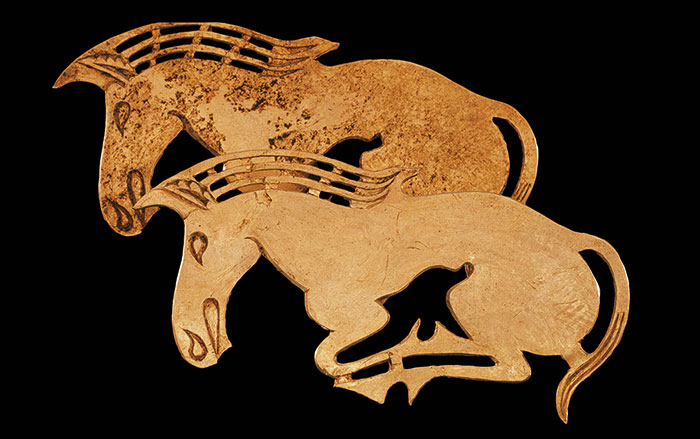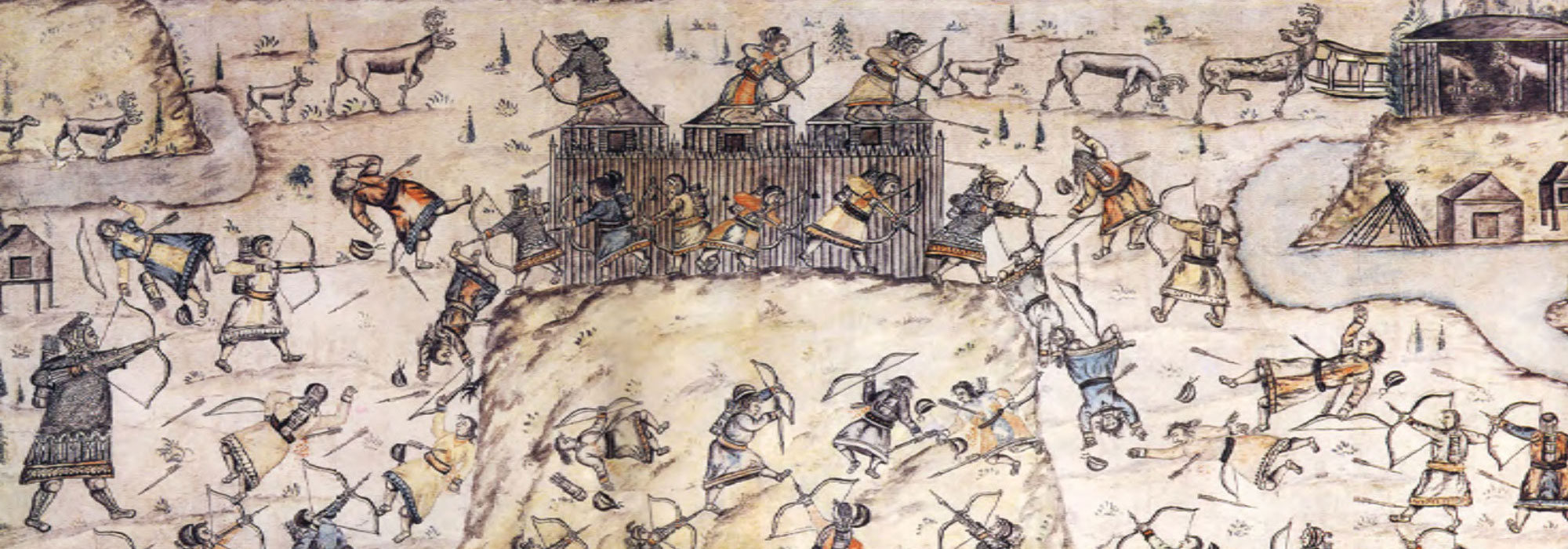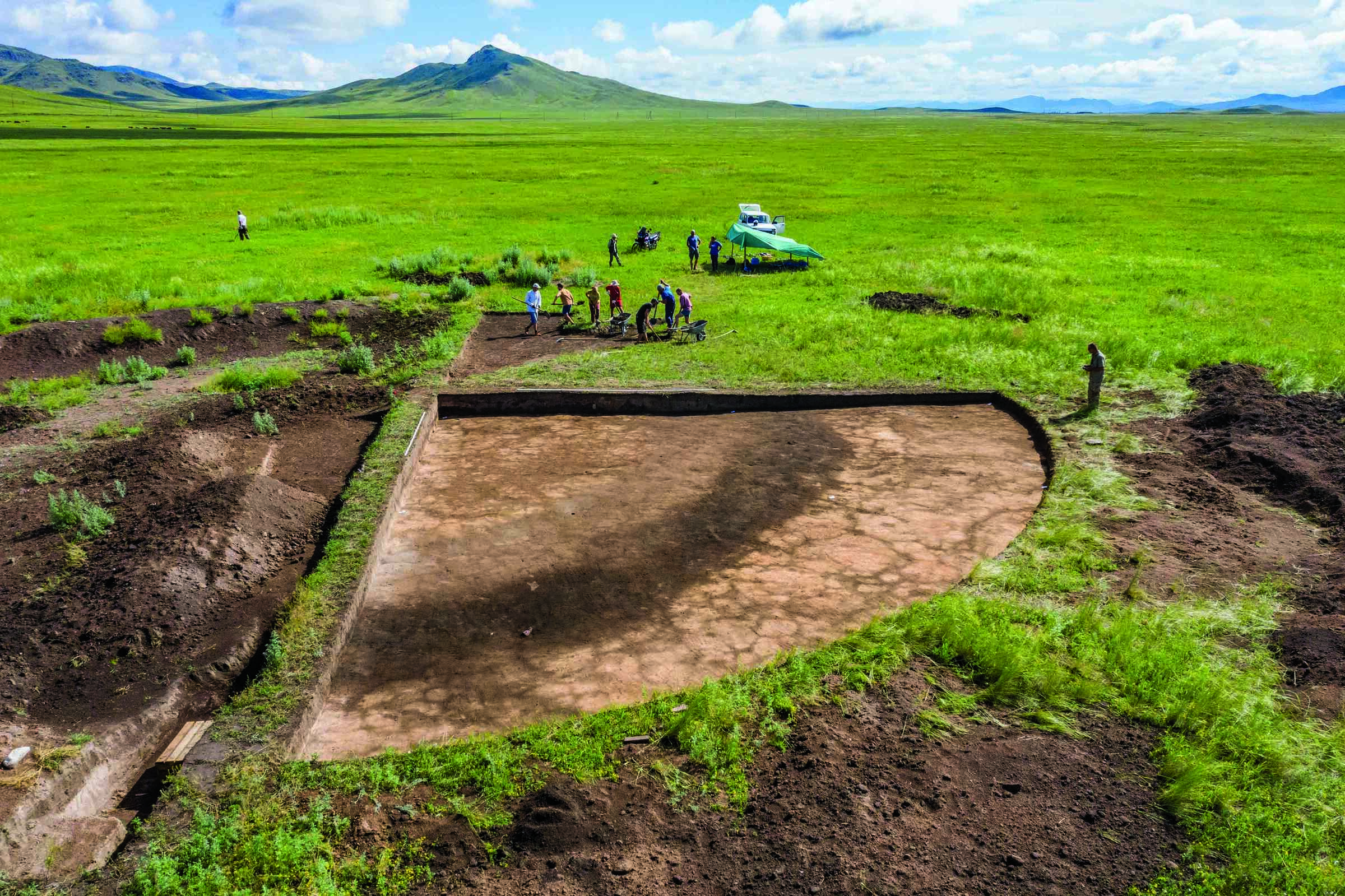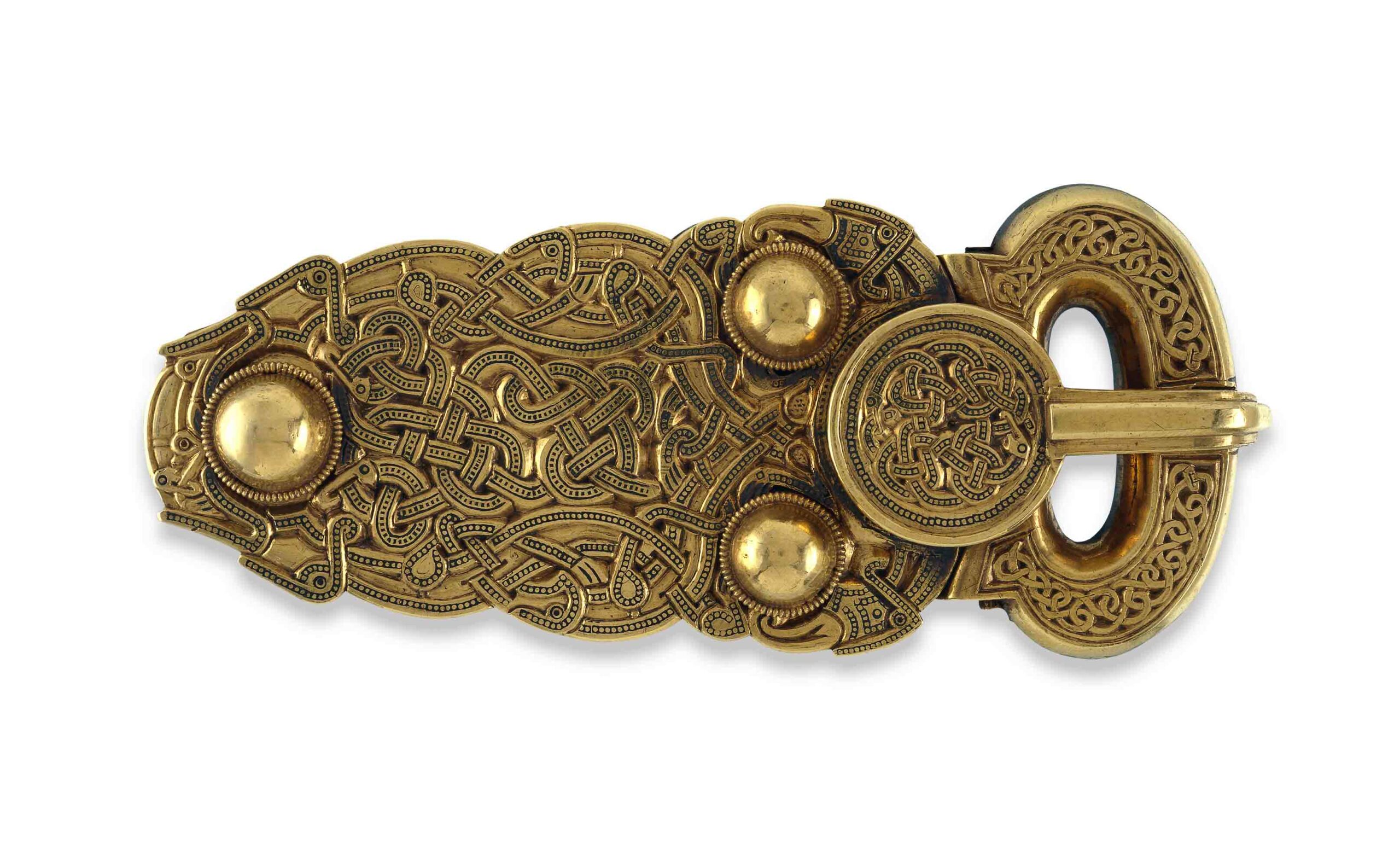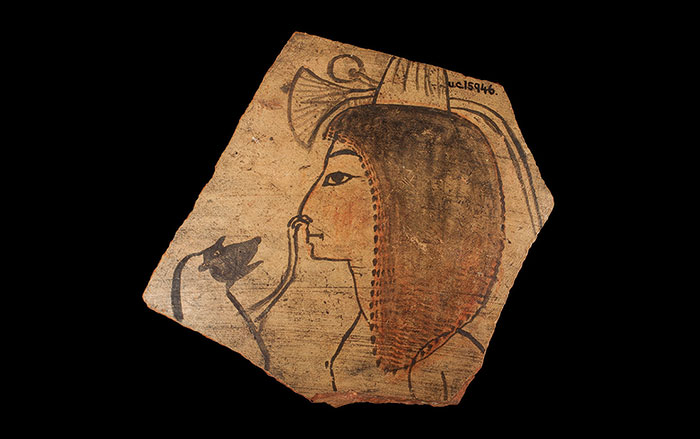
SASKATOON, CANADA—Holes in the well-preserved bones of a man who died in Siberia 4,500 years ago show that he suffered from lung or prostate cancer that had spread throughout his body from his hip to his head. “This is one of [the oldest]—if not the oldest—absolute cases of cancer that we can be really, really confident saying that it’s cancer,” bioarchaeologist Angela Lieverse of the University of Sasketchewan told CBC News. She speculates that the hunter-gatherer may have developed lung cancer from inhaling smoke from wood fires, and other non-environmental factors. Unlike other men in his community, this man had been buried in the fetal position in a circular pit with an intricately carved bone spoon. “It’s a tragic story. It breaks your heart to think of what he went through,” she said. To read about another ancient cancer case in Siberia, see "MRI Shows 'Princess Ukok' Suffered From Cancer."



